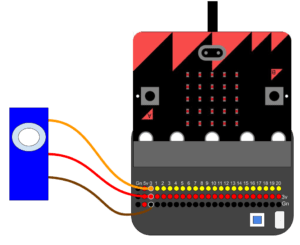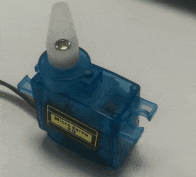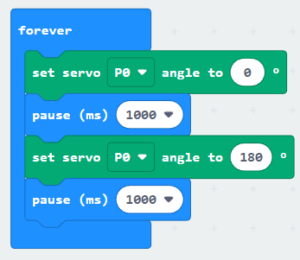Introduction
Introduction
The SG90 servo is a popular and widely used servo motor in hobbyist projects and robotics. The SG90 is a standard servo, meaning it has a limited range of motion typically between 0 and 180 degrees. It’s commonly referred to as a “directional servo” because it can rotate to a specific angle in either clockwise or counterclockwise direction, making it suitable for applications where precise positioning is required.
- The SG90 servo has a limited range of motion, usually between 0 and 180 degrees. This makes it suitable for applications such as controlling the movement of robot arms, steering mechanisms in RC vehicles, or controlling flaps on model airplanes.
- Like most servos, the SG90 is controlled using PWM (Pulse Width Modulation) signals. By sending PWM signals with different pulse widths, you can command the servo to move to a specific angle within its range.
Wiring Diagram
Wiring Diagram
Wiring up the servo to the Microbit is easy. You will need the following components:
Microbit
USB Cable
IOBit Breakout Board
FS90R Directional Servo
Make sure that you plug the servo into the 0 pin (third from left on the board ) and make sure that the wiring matched the same way round.
Code
Resources

